- All Flags
- Flags of Countries by Continent
-
Flags of Organizations
- Flags of UN countries
- Flags of the European Union countries
- Flags of NATO countries
- Flags of the countries of the Organization of Islamic Cooperation
- Flags of the countries of the Organization of American States
- Flags of the Arab League countries
- Flags of the African Union countries
- Flags of the countries of the Union of South American Nations
- Flags of the Commonwealth of Nations
- Flags of the countries of the Secretariat of the Pacific Community
- Flags of the Nordic Council countries
- Flags of the Caribbean Community
- Flags of the countries of the Association of Southeast Asian Nations
- Flags of the East African Community
- Flags of the countries of the Organization of Turkic States
- LGBT Community Flags
- Historical Flags
- Ethnic Flags
- Flags of the USA (states)
Flag of Eswatini
The national flag of Eswatini (formerly Swaziland) is a powerful and visually distinctive symbol, deeply rooted in the nation's rich history, its military traditions, and its enduring commitment to peace and stability. Adopted on October 1, 1968, the flag was designed to commemorate the country's independence from British colonial rule, embodying t..
Flag of Ethiopia
The national flag of Ethiopia is far more than just a piece of cloth; it is a profound symbol woven from centuries of rich history, unwavering independence, and a unique position as a beacon for the entire African continent. Adopted in its current form on October 6, 1996, it represents the resilience, unity, and aspirations of one of the world's ol..
Flag of Fiji
The flag of Fiji is a powerful emblem of the island nation's rich history, deep-rooted culture, and its unique identity as a former British colony and now a sovereign nation in the heart of the Pacific. Adopted on October 10, 1970, the day Fiji gained independence, the flag represents the country's past and its promising future. Design and Symboli..
Flag of Finland
The national flag of Finland, affectionately known as Siniristilippu (the "Blue Cross Flag"), is a striking and serene symbol of the nation's natural beauty, its deep connection to the Nordic identity, and its hard-won independence. Adopted on May 29, 1918, shortly after Finland gained full independence from Russia in 1917, the flag's design encaps..
Flag of France
The national flag of France, famously known as the "Tricolour" (le Tricolore), is one of the world's most iconic and historically significant national symbols. Comprising three vertical stripes of equal width – blue, white, and red – it stands as a powerful emblem of the French Republic's foundational values: Liberty, Equality, and Frat..
Flag of Gabon
The national flag of Gabon is a vibrant and deeply symbolic emblem, encapsulating the nation's rich natural environment, its geographical position, and its aspirations for a prosperous future. Adopted on August 9, 1960, just a week before Gabon gained full independence from France on August 17, 1960, it represents a crucial step in the country's jo..
Flag of Gambia
The national flag of The Gambia is a compelling tapestry of color and symbolism, reflecting the nation's geographical essence, its aspirations for peace and prosperity, and the unwavering commitment of its people to unity. Adopted on February 18, 1965, the day The Gambia gained independence from British rule, it stands as a unique and visually stri..
Flag of Georgia
The national flag of Georgia, known as "The Five Cross Flag" (Georgian: ხუთჯვრიანი დროშა, Khutjvriani Drosha), is a powerful and ancient symbol that encapsulates the nation's rich Christian heritage, its historical struggles, and its renewed independence. It's a vibrant emblem of Georgian identity, connecting the modern state to its medieval roots...
Flag of Germany
The national flag of Germany, a powerful and enduring symbol of unity, democracy, and national identity, is a distinctive tricolour of black, red, and gold (yellow). These colors, arranged in three horizontal stripes of equal width, are far more than just a visual arrangement; they are steeped in the tumultuous and transformative history of the Ger..
Flag of Ghana
The national flag of Ghana stands as a vibrant and profound emblem, encapsulating the nation's struggle for independence, its rich natural endowments, and its guiding principles of liberty and justice. Adopted on March 6, 1957, the very day Ghana achieved its hard-won independence from British colonial rule, it was the first flag of an independent ..
Flag of Greece
The national flag of Greece, often referred to as the "Galanolefki" (Greek: Γαλανόλευκη, "blue and white"), is a powerful and instantly recognizable symbol of Greek heritage, independence, and the enduring spirit of its people. Its distinctive design features nine horizontal stripes of al..
Flag of Grenada
The national flag of Grenada is a striking and symbolic emblem that tells the story of the nation's history, culture, and natural wealth. Adopted in 1974 upon gaining independence from the United Kingdom, its design is a departure from the traditional tricolor flags of the region. The flag is a source of deep national pride, representing the nation..
Flag of Guatemala
The national flag of Guatemala is a powerful and unique emblem that encapsulates the nation's history, geography, and values. Its design, officially adopted in 1871, is a distinctive variation of the flags of other Central American countries, symbolizing Guatemala's sovereignty and independence. The flag is a source of deep national pride, represen..
Flag of Guinea
The national flag of Guinea is a powerful and evocative symbol that embodies the nation's journey towards independence, its commitment to unity, and its aspirations for a prosperous and just society. Adopted on November 10, 1958, just weeks after Guinea overwhelmingly voted for independence from France and rejected membership in the French Communit..
Flag of Guinea-Bissau
The national flag of Guinea-Bissau is a vibrant and deeply symbolic emblem that embodies the nation's struggle for independence, its revolutionary ideals, and its aspirations for a prosperous and unified future. Adopted on September 24, 1973, the day Guinea-Bissau declared its independence from Portugal, the flag is a powerful visual narrative of a..
Flag of Guyana
The flag of Guyana, known as "The Golden Arrowhead," is a modern and dynamic national symbol that vividly reflects the nation's geography, wealth, and aspirations. Adopted in 1966 on the day the country gained its independence, it was designed by a renowned American vexillologist and has since served as a proud emblem of Guyana's sovereignty and un..
Flag of Haiti
The national flag of Haiti is a powerful and vibrant emblem that tells the story of a nation born from revolution. Its design is deeply intertwined with the country's struggle for independence, symbolizing the unity, courage, and enduring spirit of the Haitian people. The flag is a source of immense national pride, serving as a constant reminder of..
Flag of Honduras
The national flag of Honduras is a powerful symbol of the nation's history, geography, and aspirations for regional unity. Its design is based on the flag of the former Federal Republic of Central America, a union of five nations that existed in the 19th century. The flag is a source of national pride, representing the country's unique position bet..
Flag of Hungary
The national flag of Hungary is a horizontal tricolor of red, white, and green. This design was officially adopted on October 1, 1957, following its use during the 1848–1849 revolution, with roots stretching back to earlier national symbols. The flag's dimensions are typically in a 1:2 ratio, although historically, variations existed. Each st..
Flag of Iceland
The national flag of Iceland is a powerful and emotive symbol, deeply intertwined with the nation's unique identity, its dramatic landscapes, and its enduring struggle for independence. Known for its distinctive Nordic cross design, the flag features a red cross bordered in white, set against a deep blue field. This striking combination of colors a..
Flag of India
The national flag of India, famously known as the "Tiranga" (meaning "Tricolor"), is a profound symbol of the nation's independence, its rich cultural heritage, and its unwavering commitment to unity in diversity. More than just a piece of cloth, it embodies the aspirations, struggles, and values of over a billion people. Adopted on July 22, 1947, ..
Flag of Indonesia
The national flag of Indonesia, known as "Sang Saka Merah Putih" (The Lofty Red and White), is a powerful and iconic symbol deeply ingrained in the nation's identity and history. Its simple yet profound design represents the enduring spirit of the Indonesian people, their long struggle for independence, and their hopes for a prosperous future. This..
Flag of Iran
The national flag of Iran is a deeply symbolic emblem that encapsulates the rich tapestry of the nation's ancient history, profound religious identity, and the revolutionary spirit that shaped its modern form. More than just a national identifier, it is a visual representation of the Islamic Republic of Iran's core principles, its struggles, and it..
Flag of Iraq
The national flag of Iraq is a powerful emblem, reflecting the nation's complex history, its Arab identity, and its aspirations. It's a symbol that has undergone several transformations, each reflecting significant political shifts and societal changes within the country. The current flag, adopted in 2008, retains the pan-Arab colors while incorpor..
Flag of Ireland
The national flag of Ireland, often called the Irish Tricolour, is a powerful and universally recognized symbol of Irish identity, independence, and the aspirations for peace and unity on the island. Its design is elegantly simple yet profoundly meaningful: three vertical stripes of equal width, green at the hoist, white in the middle, and orange a..





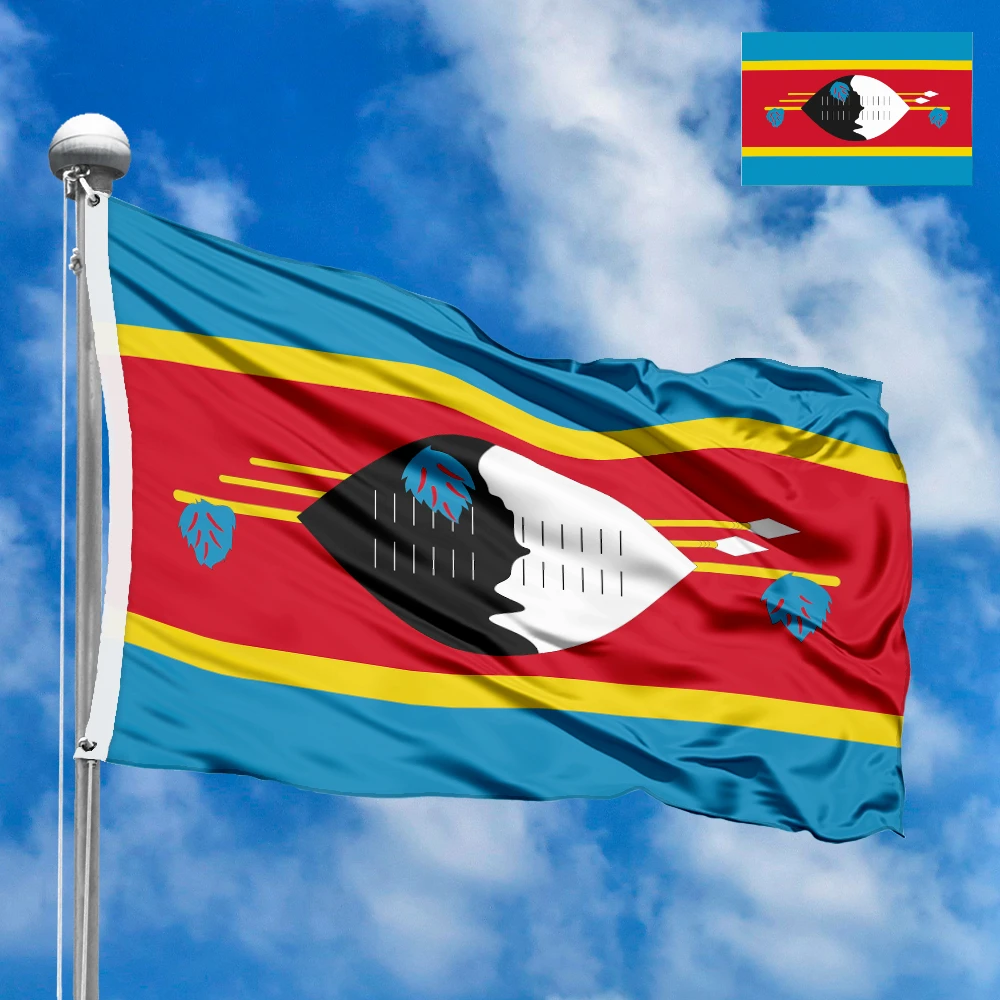



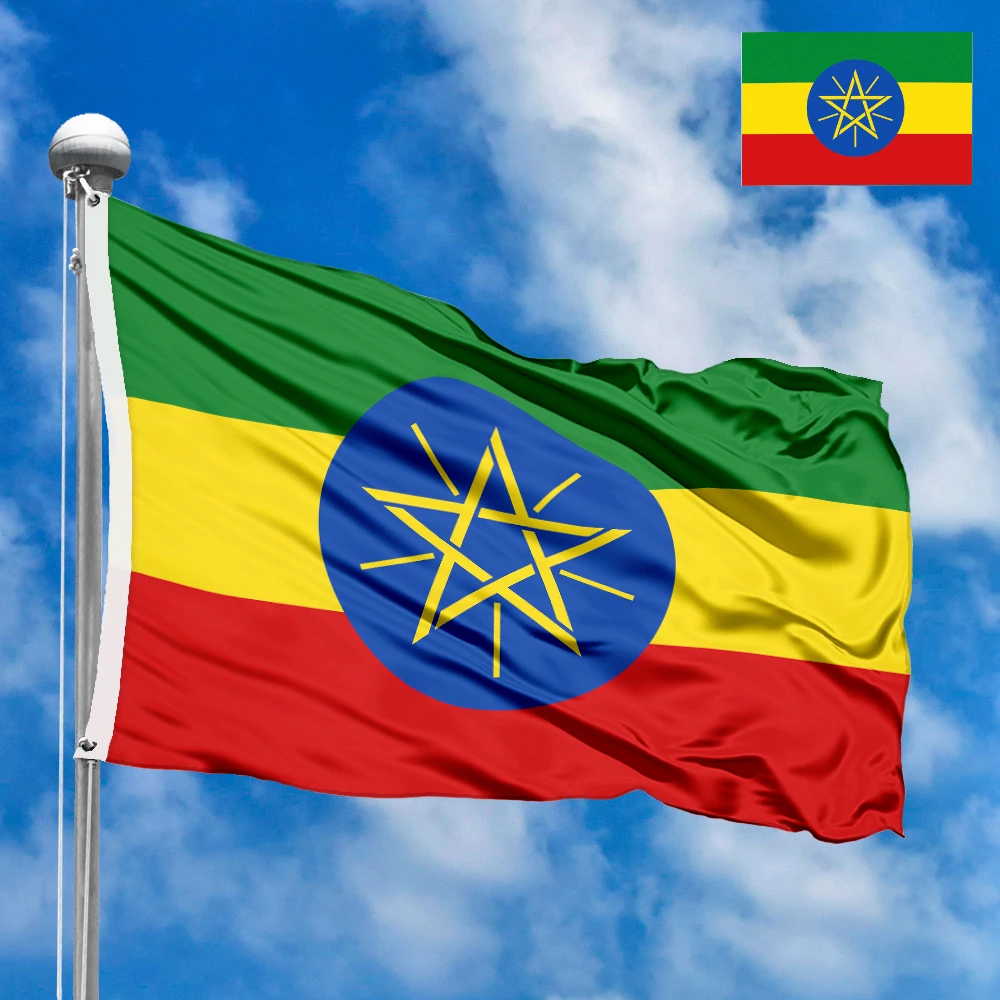



















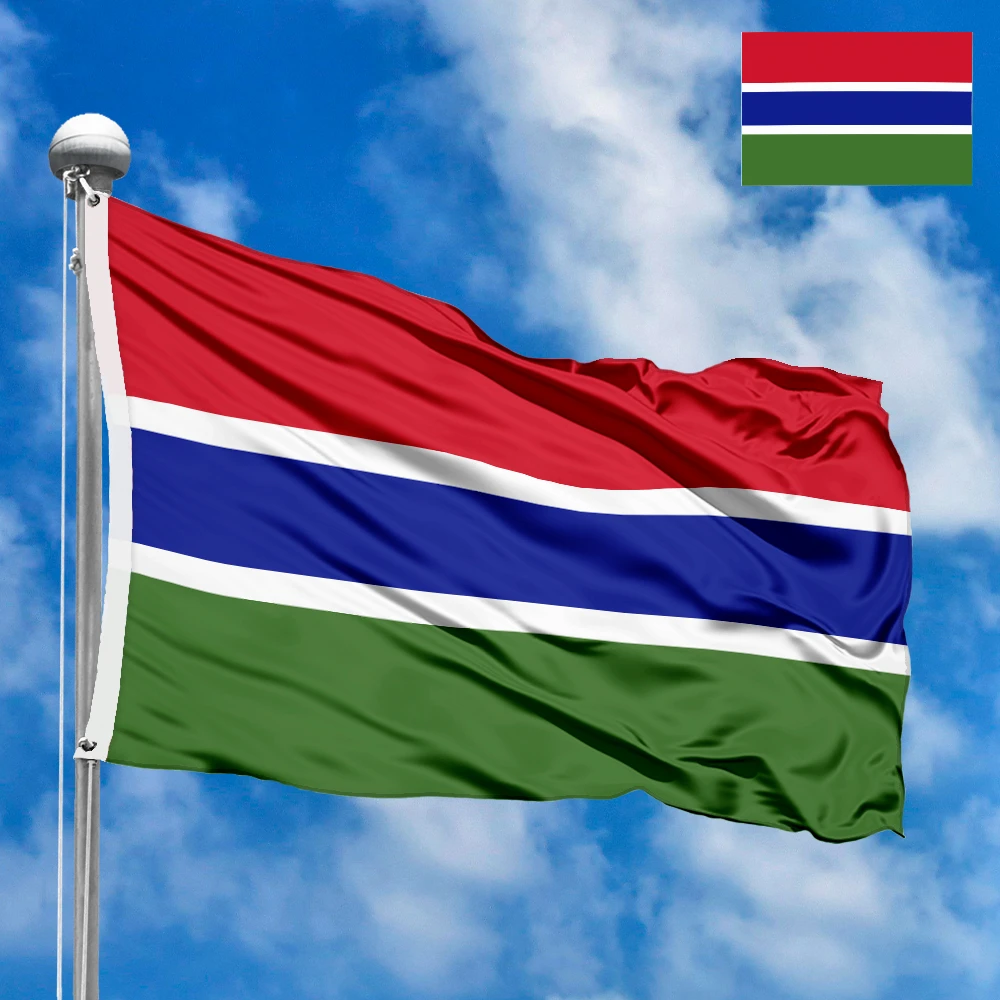







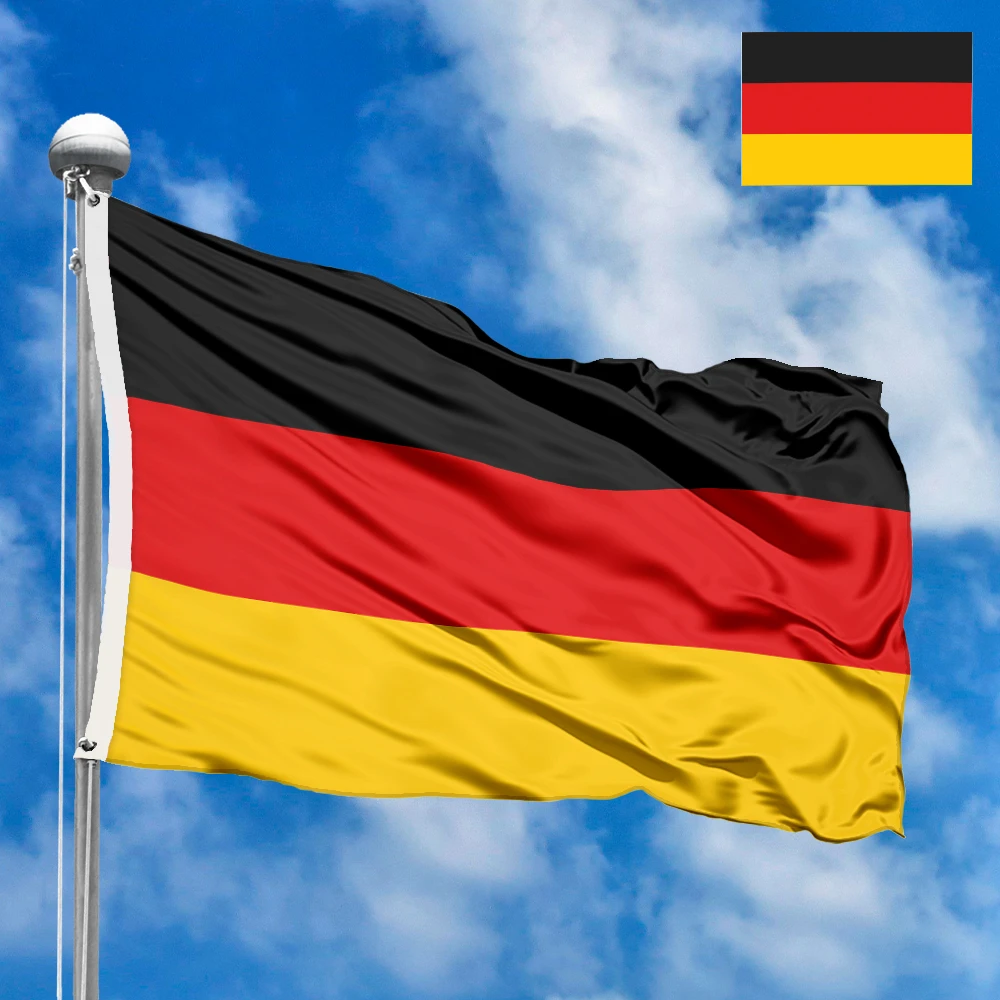







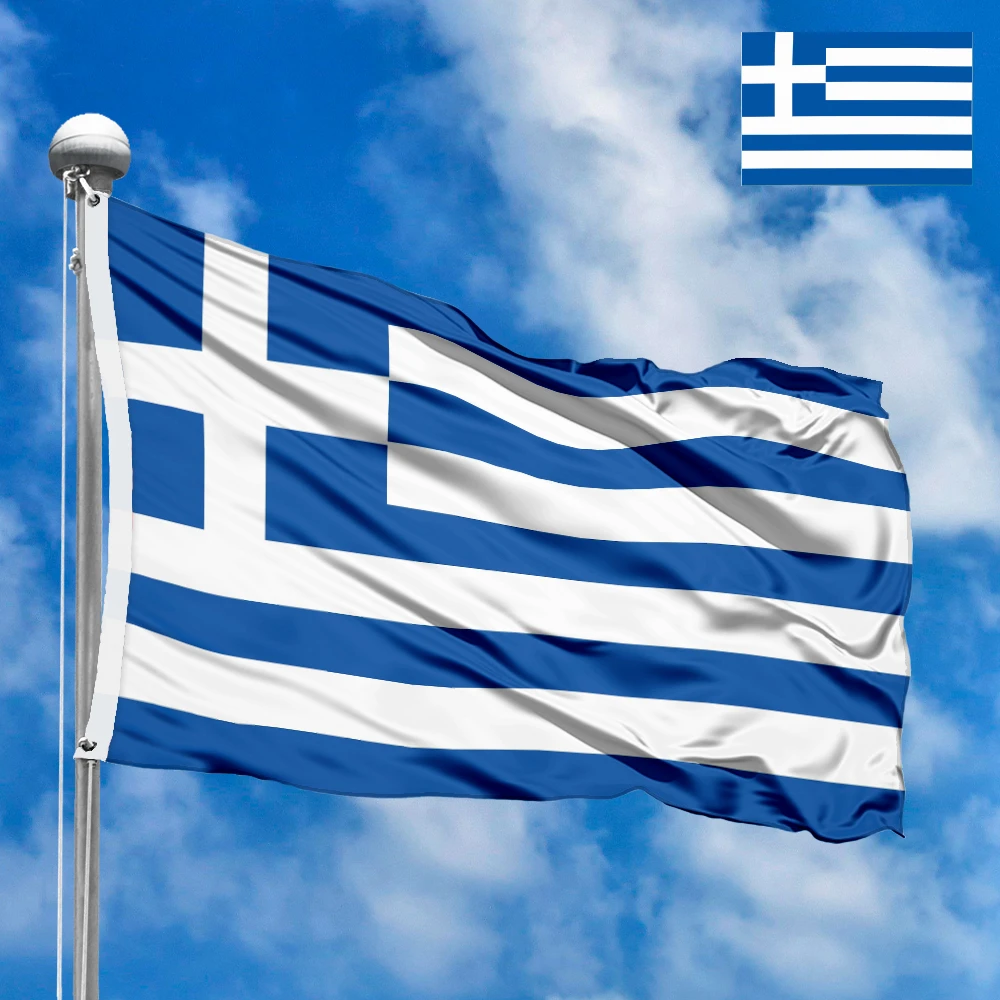



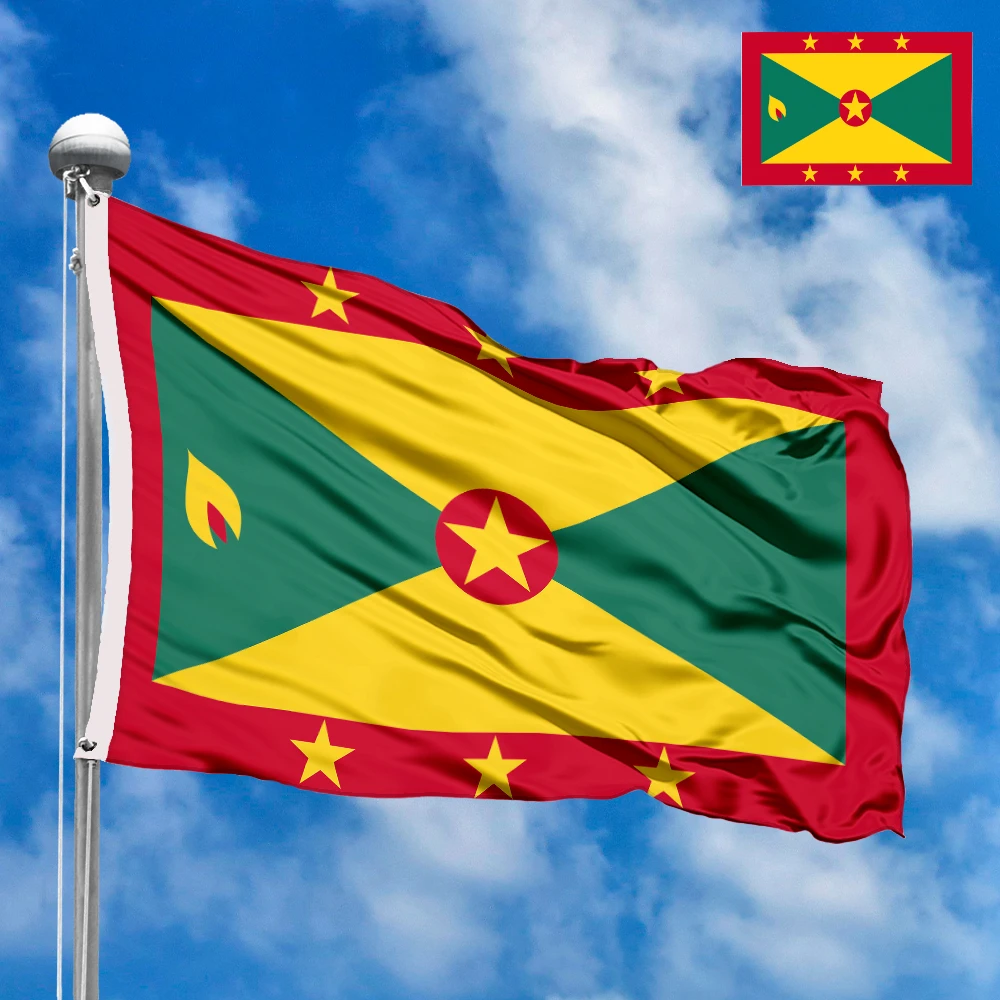



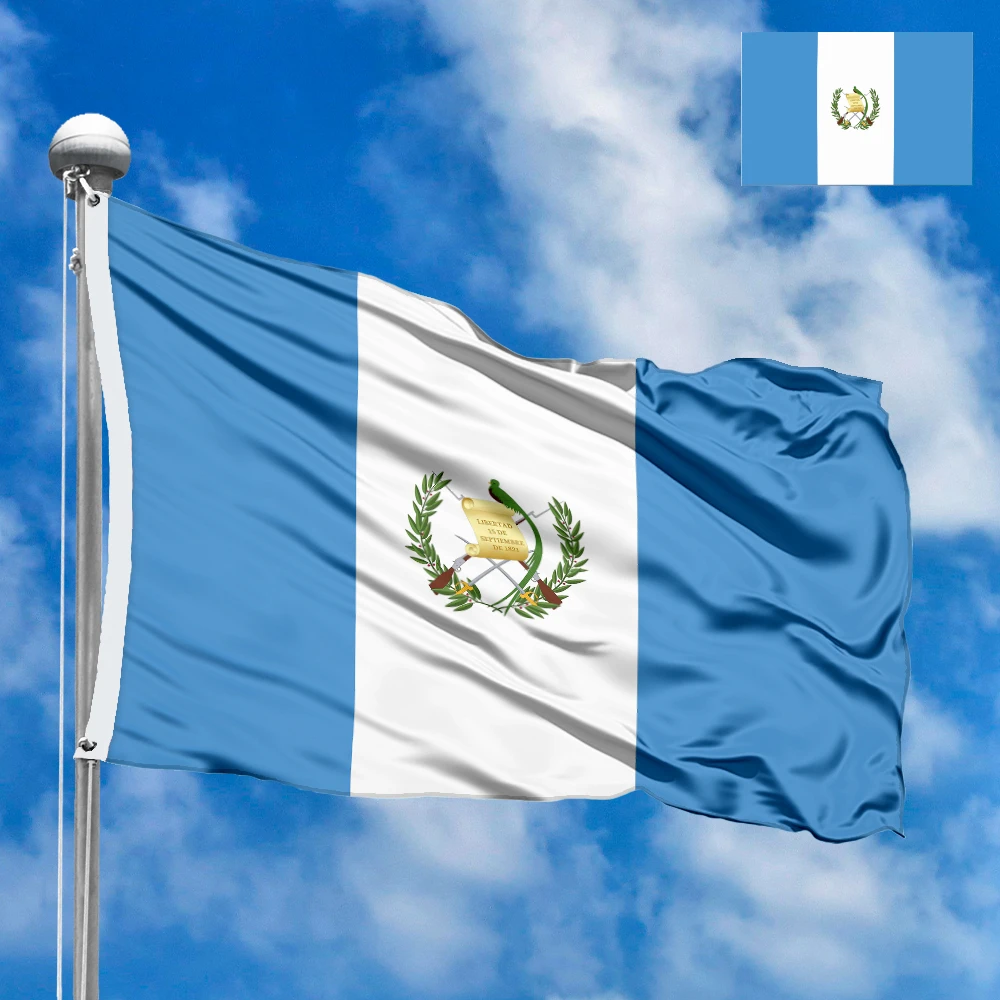



















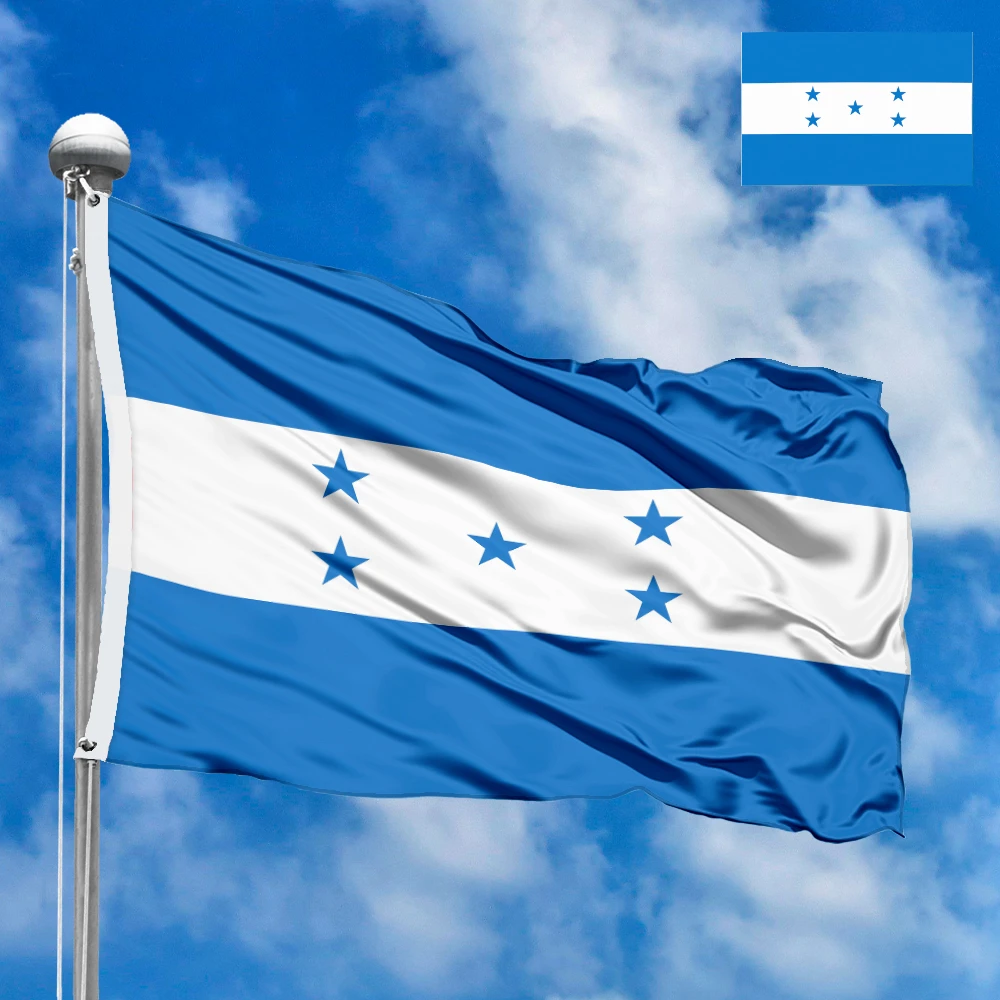







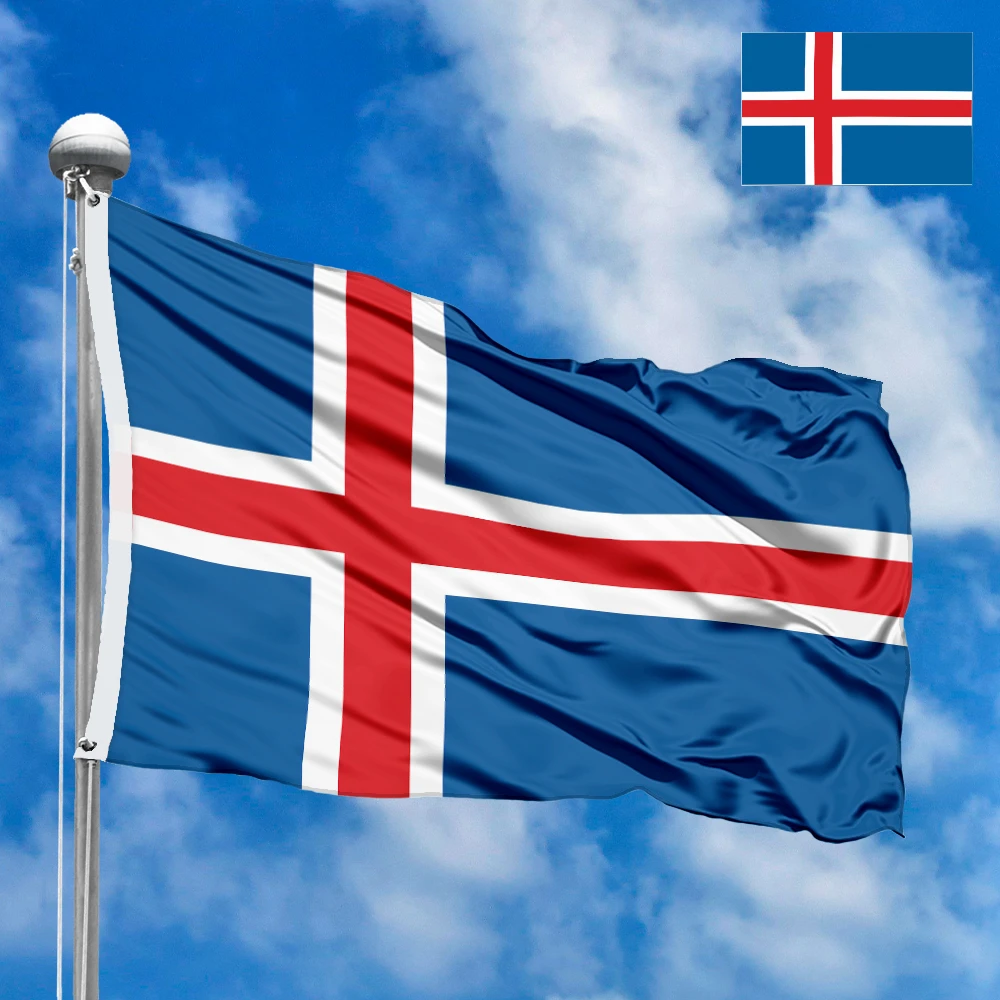







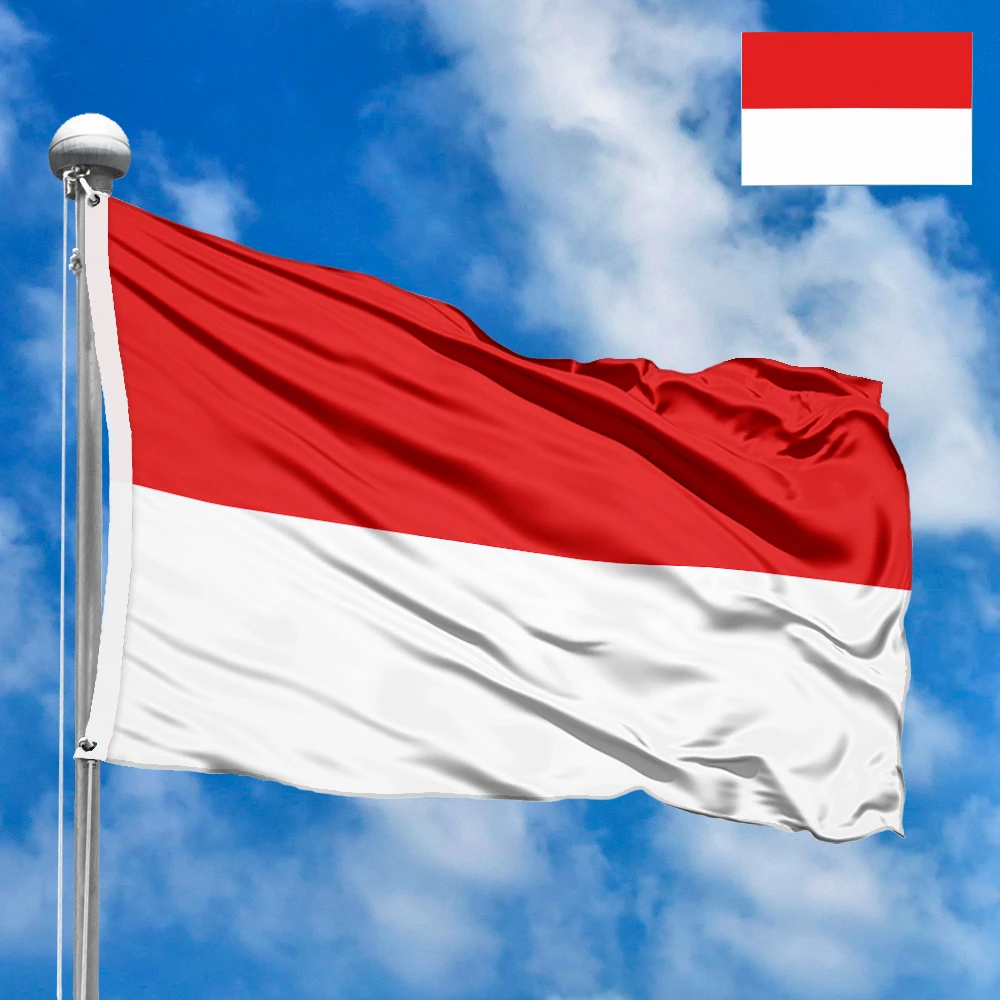












 Flags of Europe
Flags of Europe Flags of Asia
Flags of Asia Flags of Africa
Flags of Africa Flags of North America
Flags of North America Flags of South America
Flags of South America Flags of Australia and Oceania
Flags of Australia and Oceania Flags of Antarctica
Flags of Antarctica Flags of International Organizations
Flags of International Organizations LGBT Community Flags
LGBT Community Flags Historical Flags
Historical Flags Flags of the US States
Flags of the US States Ethnic flags
Ethnic flags